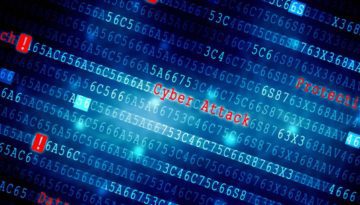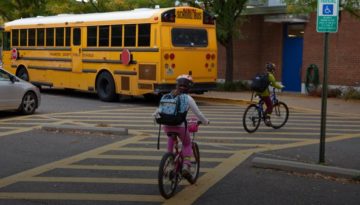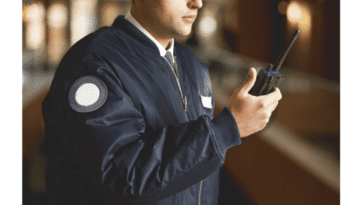How Communication Helps State, Local Governments Prevent and Mitigate Cyberattacks
Cyberattacks against state and local government agencies and departments are increasingly common and becoming more sophisticated and severe. Learn how communication can help.





